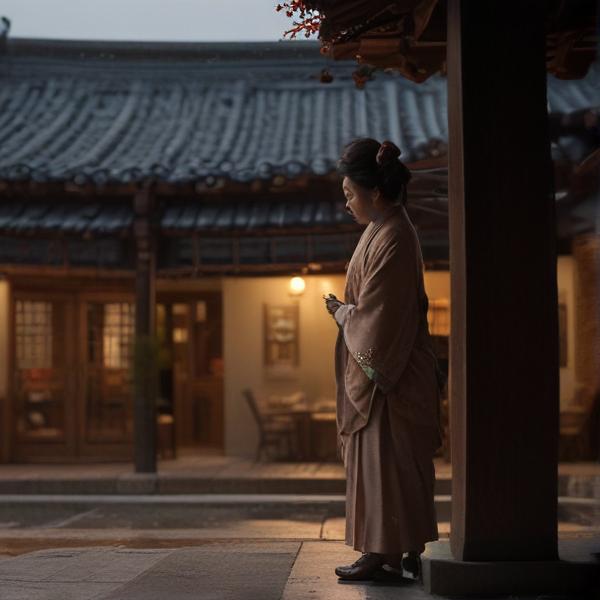基本信息 (Basic Information)
含义与用法 (Meanings & Usage)
中文核心释义 (Core Chinese Meaning): 一种昆虫,幼虫能吐丝作茧,是养蚕业和丝绸生产的主要原料。
英文核心释义 (Core English Meaning): Silkworm; an insect whose larvae spin cocoons and are a primary source of silk.
象形意义 / 为何这么写 (Pictographic Meaning / Writing Rationale)
文言文释义 (Classical Chinese Meaning)
与现代意义相近,均指能吐丝结茧的昆虫。Similar to modern meaning, referring to the insect that spins silk cocoons.
深入学习 (In-depth Study)
字源故事 (Origin Story)
字形演变 (Character Evolution)
常用词语和例句 (Common Words & Examples)
蚕丝 (silk (produced by silkworms))
蚕丝是制作丝绸的主要原料。
Eng: Silk produced by silkworms is the main material for making silk fabrics.
养蚕 (to raise silkworms)
古代中国妇女常在家中养蚕。
Eng: In ancient China, women often raised silkworms at home.
蚕茧 (silkworm cocoon)
蚕茧剥丝后可以织成漂亮的布料。
Eng: After unwinding silk from silkworm cocoons, beautiful fabrics can be woven.
相关成语 (Related Idioms)
春蚕到死丝方尽
Meaning: Like the silkworm that spins silk until its death (describes selfless dedication)
多语言翻译 (核心释义) (Translations (Core Meaning))
- French: ver à soie
- German: Seidenraupe
- Spanish: gusano de seda
- Italian: baco da seta
- Portuguese: bicho-da-seda
- Russian: шелкопряд
- Arabic: دودة القز
- Persian: کرم ابریشم
- Dutch: zijdeworm
- Polish: jedwabnik
- Vietnamese: con tằm
- Ukrainian: шовкопряд
视频学习资源 (Video Learning Resources)
通过以下链接在热门视频网站搜索 "蚕" 的更多讲解:
Search for more explanations of "蚕" on popular video sites:
- 在 Bilibili.com 搜索 "蚕 字源 说文解字" (Search on Bilibili)
- 在 YouTube.com 搜索 "蚕 character origin etymology" (Search on YouTube)
网络参考 (Web References for "蚕") ()
网络内容摘要 (Web Content Summary):
蚕的核心含义是“能吐丝结茧的昆虫”,主要指桑蚕(silkworm),即桑叶上的毛虫,可用来养殖制丝。“蚕” mainly means “silkworm,” the insect famous for spinning silk cocoons and crucial in silk production.
该字起源于甲骨文,形象表现了蛾的幼虫或其卷曲的身体。篆文中用了“朁”(像发髻)和“虫”结合,描绘大量虫丝如同发髻一样蓬松卷曲,富有象形意味,反映了蚕与丝绸生产的紧密联系。Its pictographic origin shows the larva of a moth (the silkworm), with ancient script forms depicting the insect’s shape and its curled body, relating to spun silk.
在中国文化中,蚕与养蚕和丝绸制作密不可分。古代有“蚕妇”、“蚕事”等常用词,描述养蚕人及养蚕工作。例如《蚕妇》诗云:“遍身罗绮者,不是养蚕人”,强调蚕业的重要性。相关词语还有“蚕舍”(养蚕的屋子)、“蚕母”(古代主管蚕事的女官)、“蚕精”(蚕神)、“蚕蜕”(蚕脱下的皮)。In Chinese culture, “蚕” is deeply tied with silk production. Common words include “蚕妇” (silkworm-raiser), “蚕事” (silkworm-raising jobs), and “蚕舍” (silkworm house). Idioms and classical references, such as in the poem “蚕妇,” highlight its cultural and economic significance.
- 易混淆点: 蚕有时容易与“蝉”(chán, cicada)等其他昆虫字混淆,注意区分。 Common confusion: “蚕” (cán - silkworm) may be confused with “蝉” (chán - cicada); be mindful of their differences.
蚕的解释|蚕的意思|汉典"蚕"字的基本解释 - 漢典
遍身罗绮者,不是养蚕人。—— 宋 · 张俞 《蚕妇》 又如:蚕舍(蚕屋。蚕房);蚕精(蚕神);蚕蜕(蚕眠期所脱的皮) (3) 蚕事。养蚕的工作 [silkworm-raising jobs] 罗敷 善蚕桑。—— 《乐府诗集·陌上桑》 又如:蚕功(蚕事);蚕母(古时主管蚕事的女官) 词性变化
【蚕,蠶】的甲骨文金文篆文字形演变含义 - 甲骨文研究网 甲骨文密码字典 在线甲骨文字典研究 - 甲骨文研究网 甲骨文密码字典 在线甲骨文字典 ...
蚕,甲骨文像的蛾的幼虫。篆文另造会义兼形声字,=(朁,发髻)+(大量毛虫),表示大量的虫丝如蓬松卷曲的发髻。造字本义:一种能吐丝结茧的毛虫。----- 附 文言版《説文解字》:蠶,任絲也。朁聲。 附 白话版《说文解字》:蚕,一种能吐丝结茧的昆虫。
更多图片 (蚕 More Images) ()
